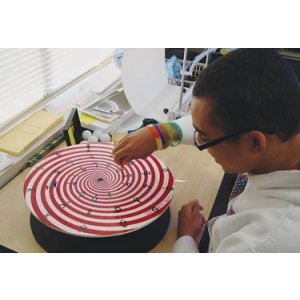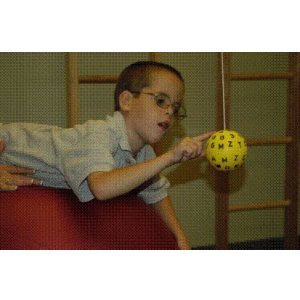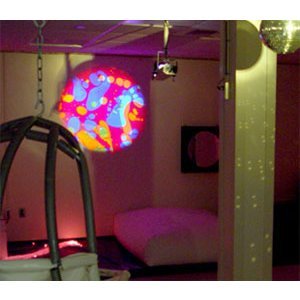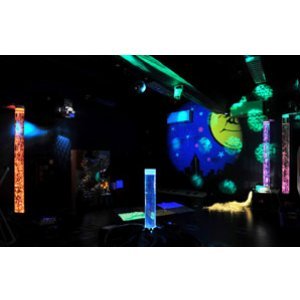Visual Rehabilitation

All About visual rehabilitation
Some visual conditions cannot be treated adequately with just glasses, contact lenses and/or patching, and are best resolved through a program of Visual rehabilitation.
What is Visual rehabilitation?
Visual rehabilitation is an individualized, supervised, treatment program designed to correct visual-motor and/or perceptual-cognitive deficiencies. Visual rehabilitation sessions include procedures designed to enhance the brain's ability to control:
- eye alignment,
- eye teaming,
- eye focusing abilities,
- eye movements, and/or
- visual processing
Who Benefits from Visual rehabilitation?
Children and adults with visual challenges, such as:
- Learning-related Vision Problems
Visual rehabilitation can help children and adults who lack the necessary visual skills for effective reading, writing, and learning (i.e., eye movement and focusing skills, convergence, eye-hand activity, visual memory skills, etc.). - Poor Binocular Coordination
Visual rehabilitation helps individuals develop normal coordination and teamwork of the two eyes (binocular vision). When the two eyes fail to work together as an effective team, performance in many areas can suffer (reading, sports, depth perception, eye contact, etc.). - Strabismus and Amblyopia
Visual rehabilitation programs offer much higher cure rates for turned eyes and/or lazy eye when compared to eye surgery, glasses, and/or patching. The earlier the patient receives Visual rehabilitation the better, however, sparsh has successfully treated patients. - Stress-induced Visual Difficulties
21st century lifestyles demand more from our vision than ever before. Children and adults in our technological society constantly use their near vision at work and at home. Environmental stresses on the visual system (including excessive computer use or close work) can induce eyestrain, headaches, and/or visual difficulties which can be effectively treated with corrective lenses and/or Visual rehabilitation. - Visual Rehabilitation for Special Populations
Vision can be compromised as a result of neurological disorders or trauma to the nervous system (such as, head injuries, traumatic brain injuries, stroke, whiplash, developmental delays, cerebral palsy, multiple sclerosis, etc.). Visual rehabilitation can effectively treat the visual consequences of brain trauma (including double vision). - Sports Vision Improvement
Strong visual skills are critical to sports success. Not much happens in sports until your eyes instruct your hands and body as to what to do! Visual rehabilitation can successfully improve eye-hand coordination, depth perception, visual reaction time, peripheral awareness, eye teaming, focusing, tracking, and visualization skills (to mention just a few).










